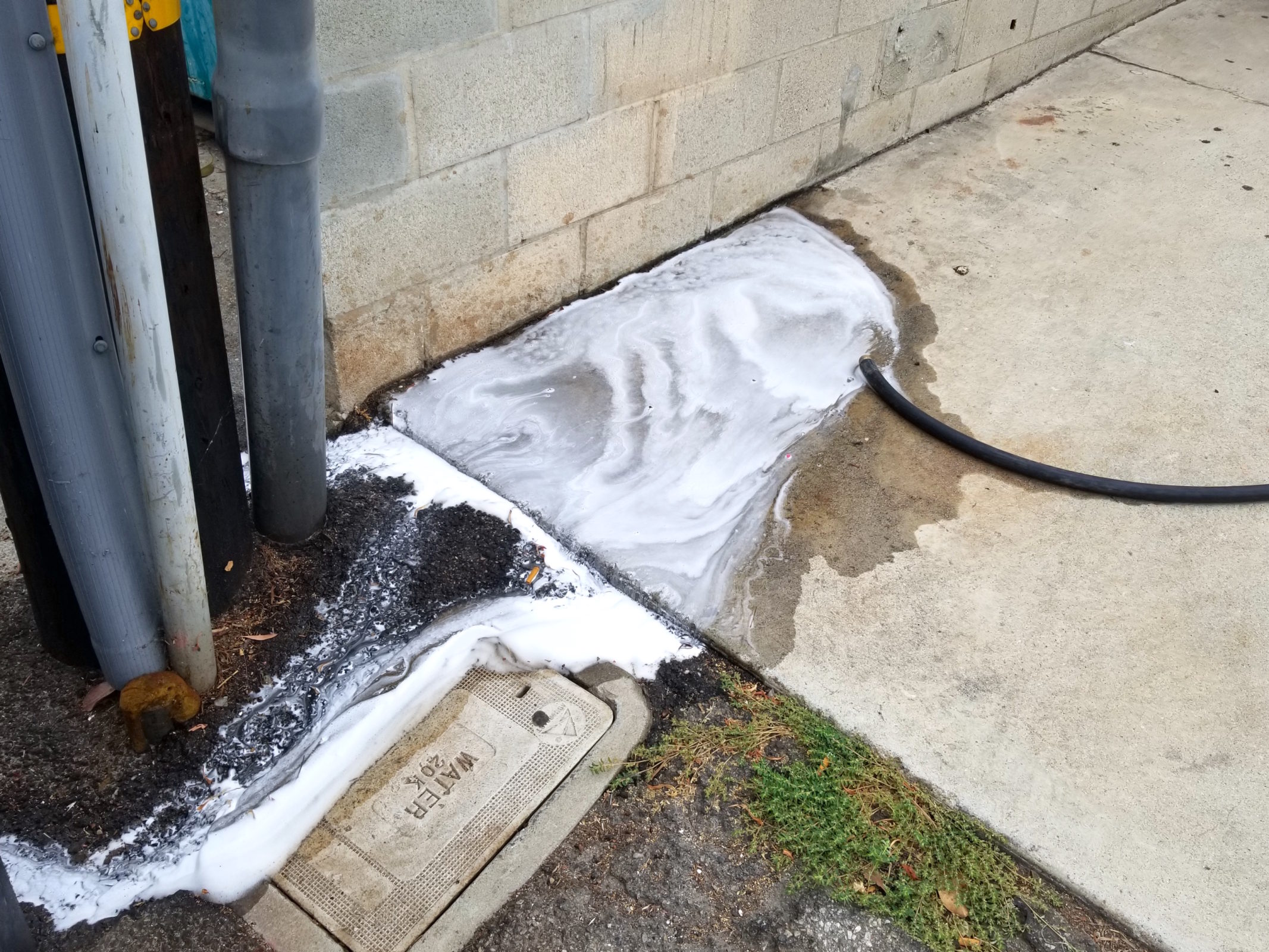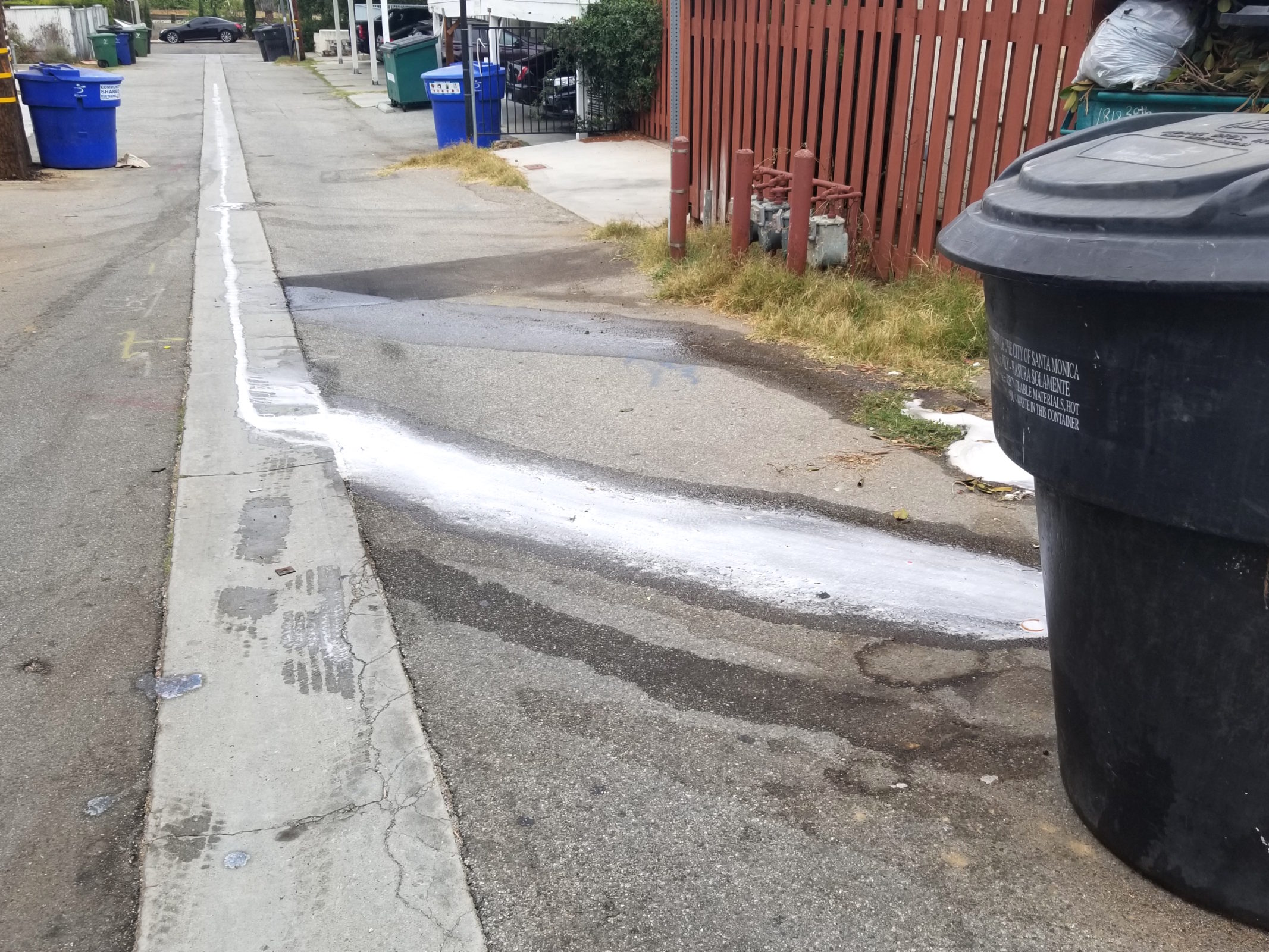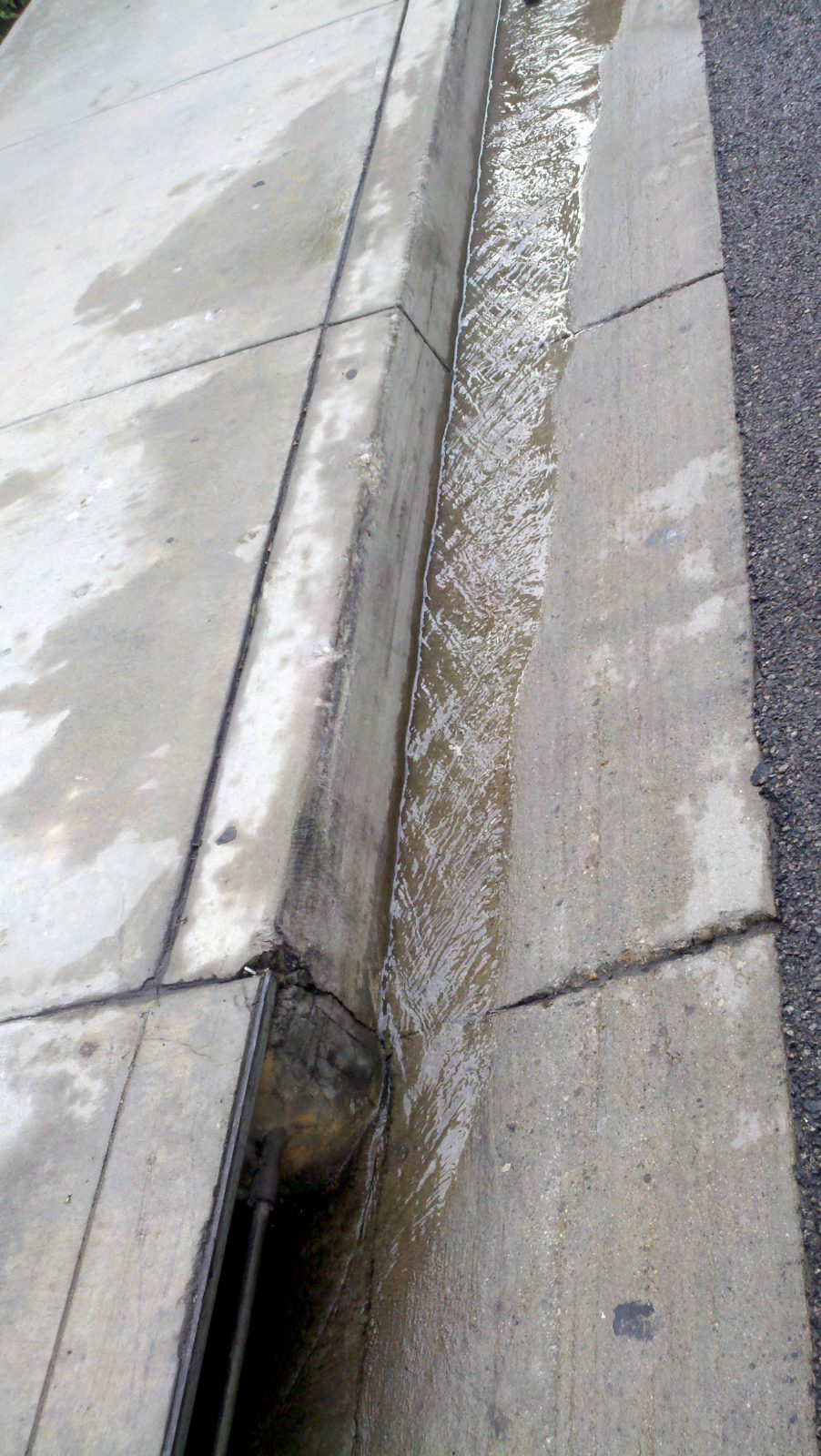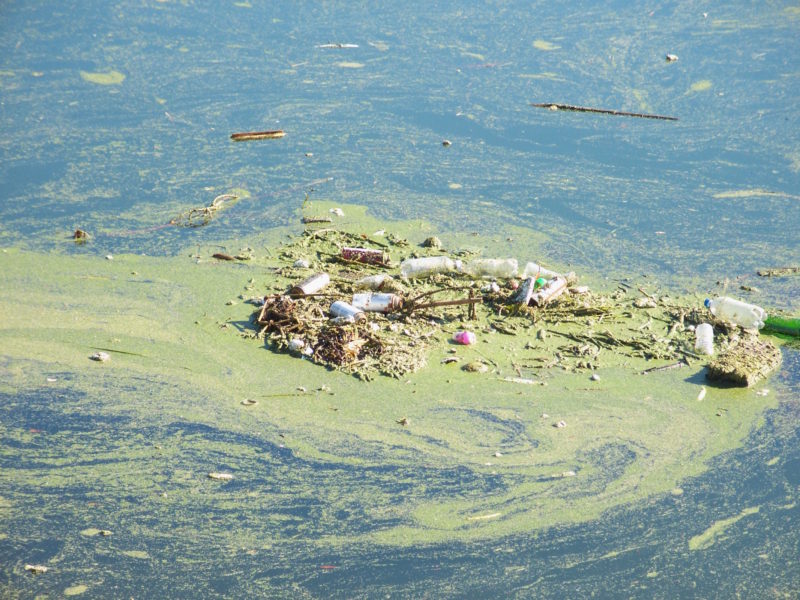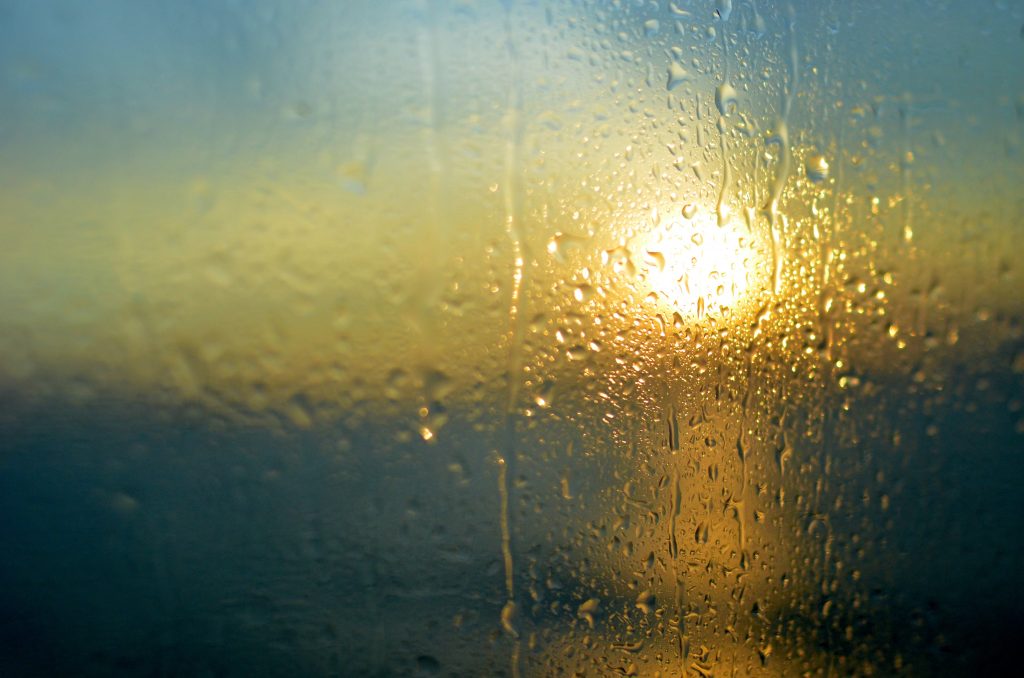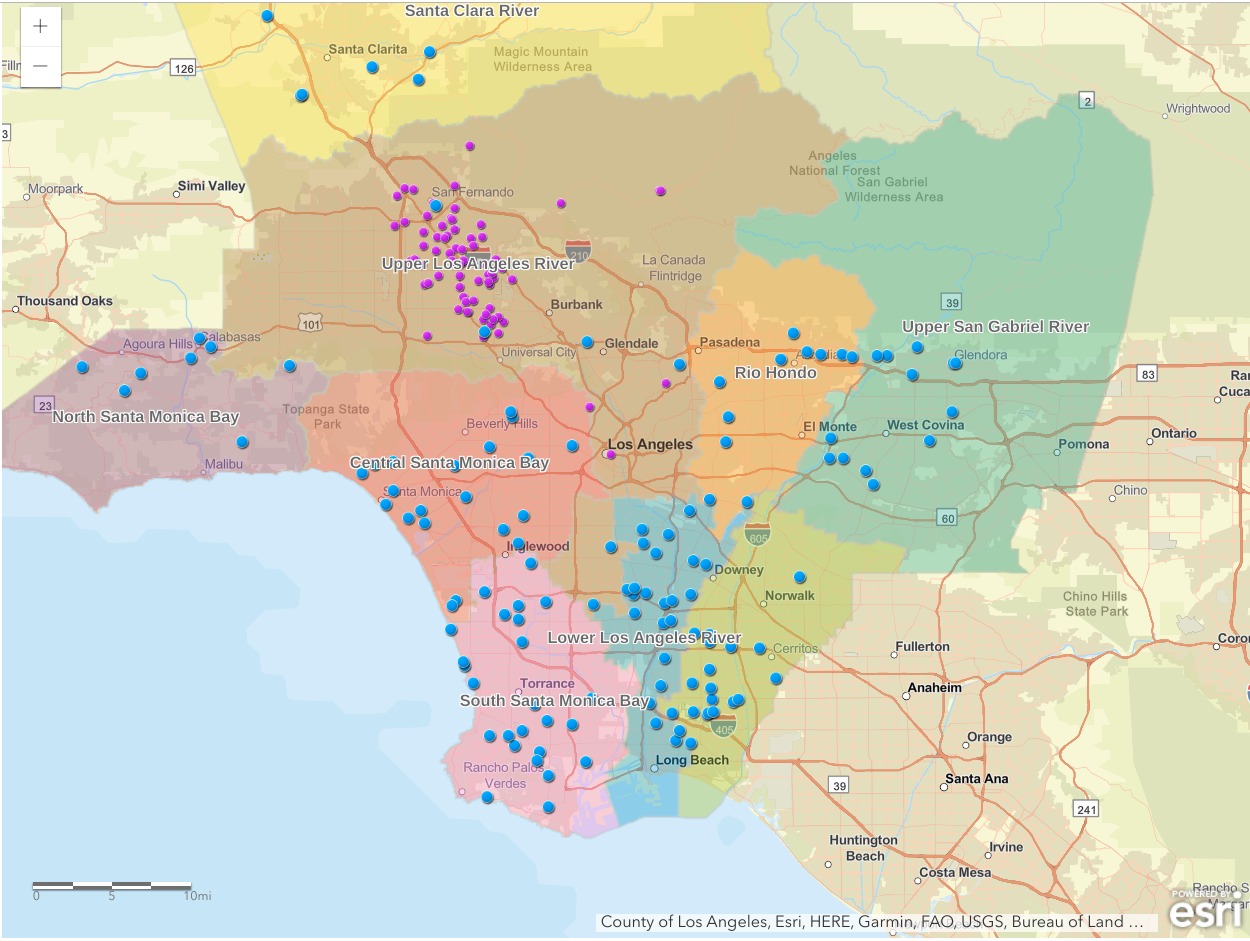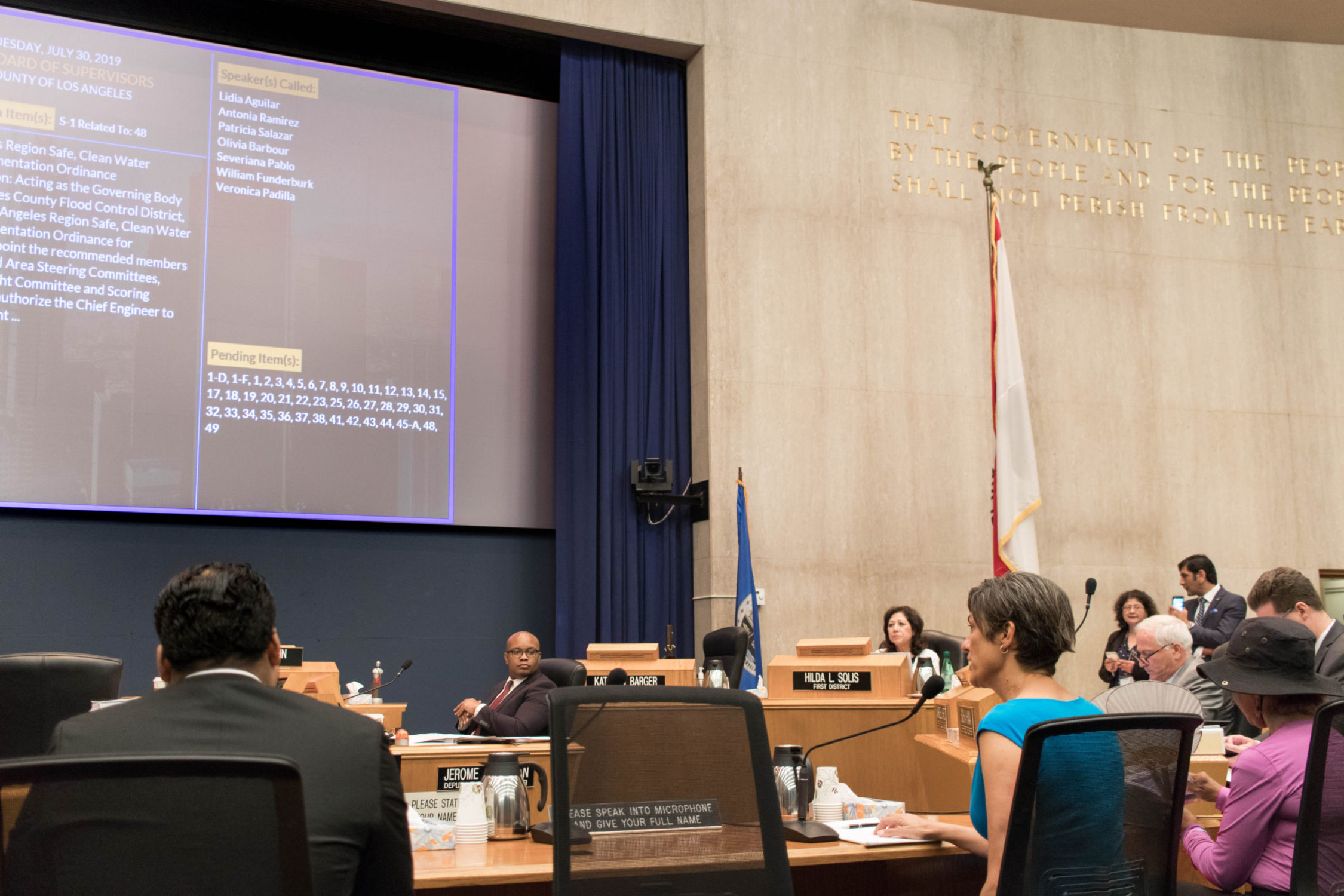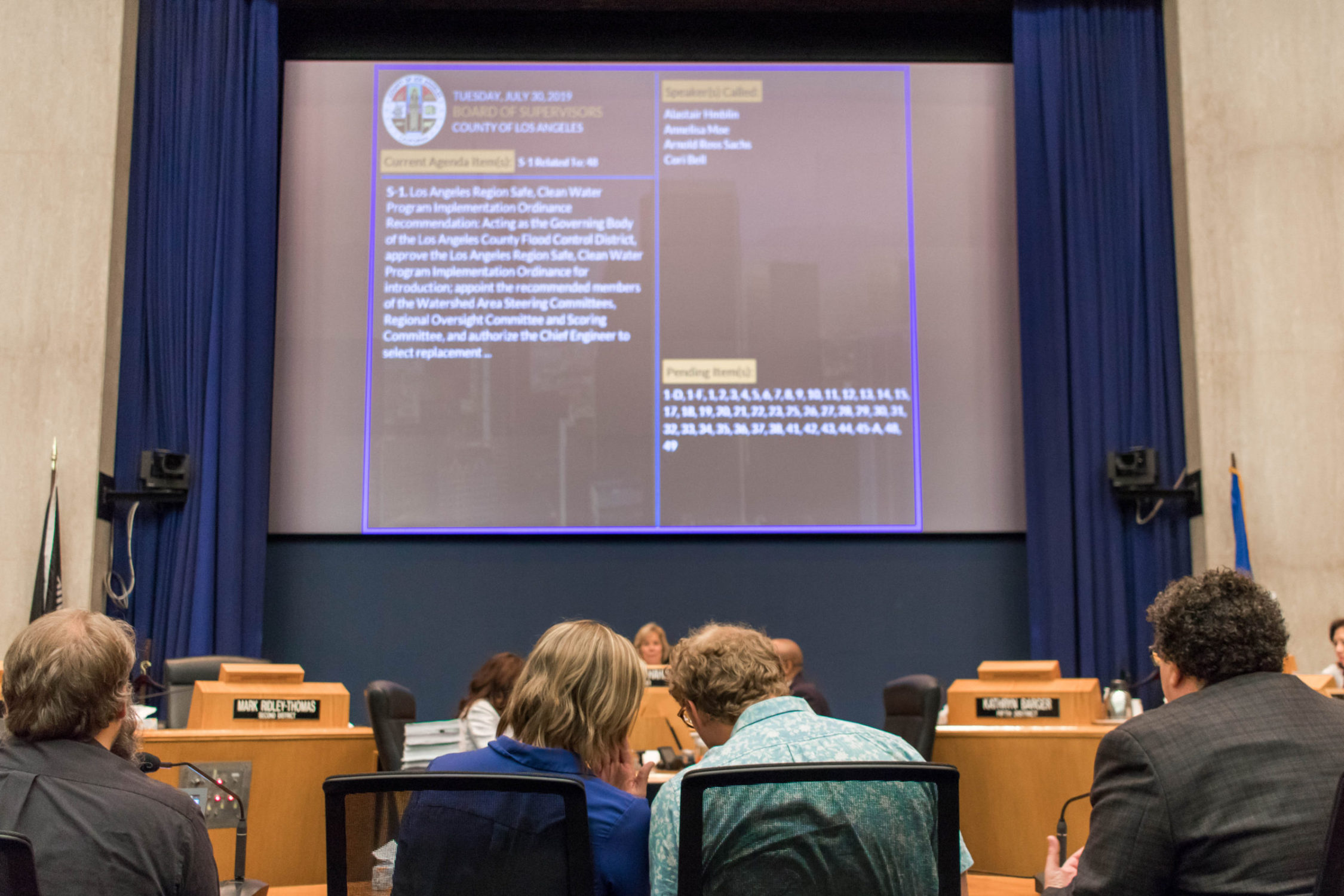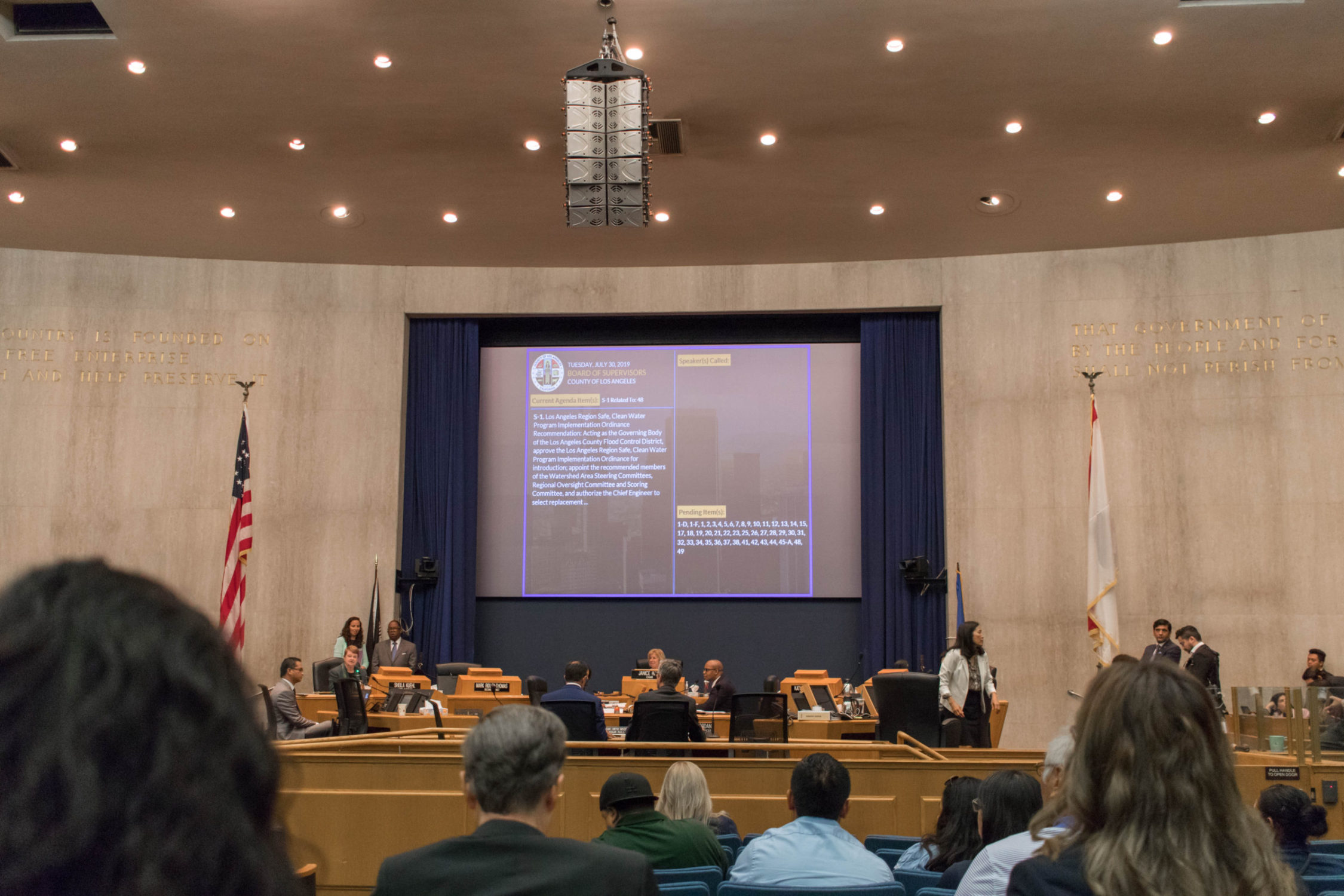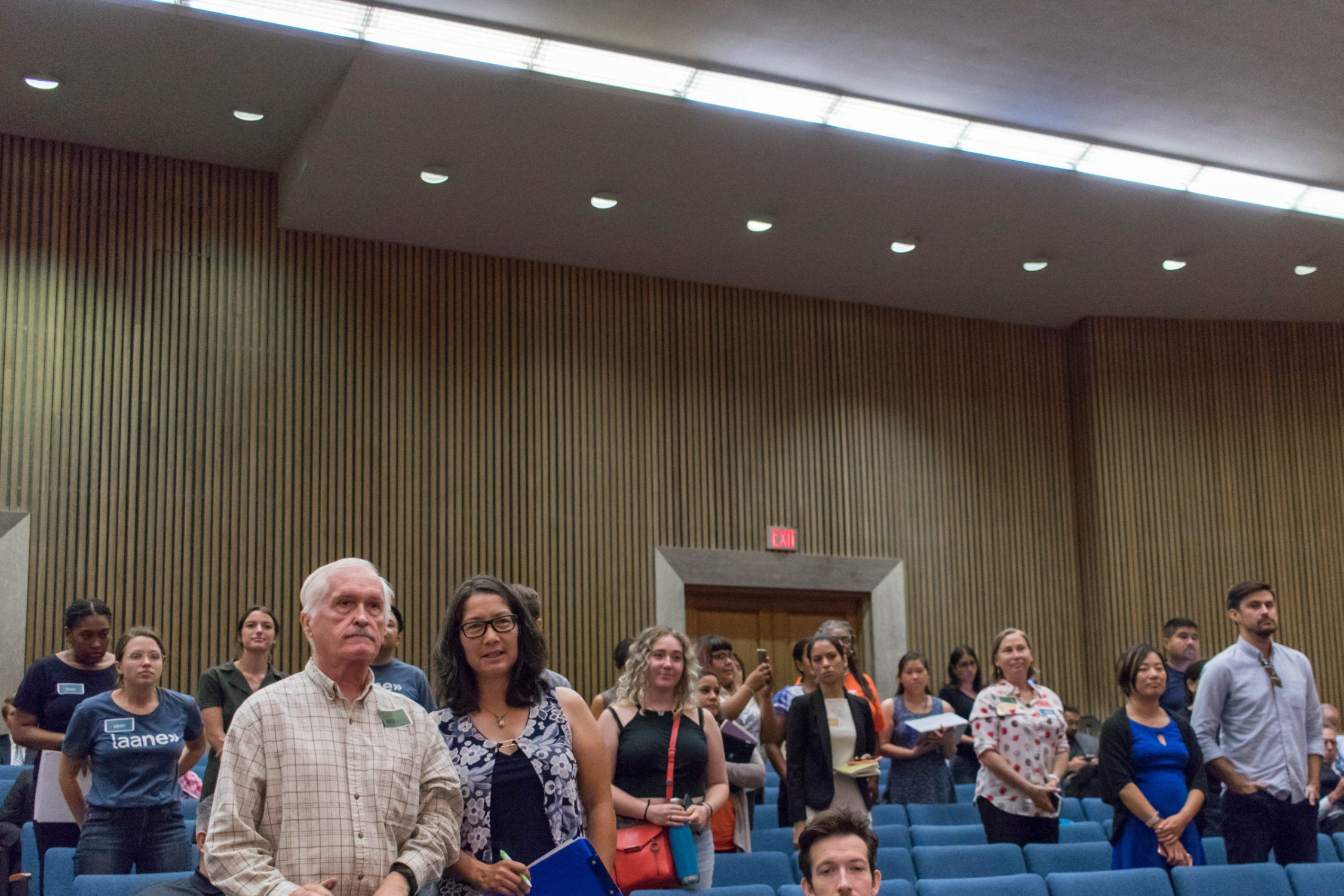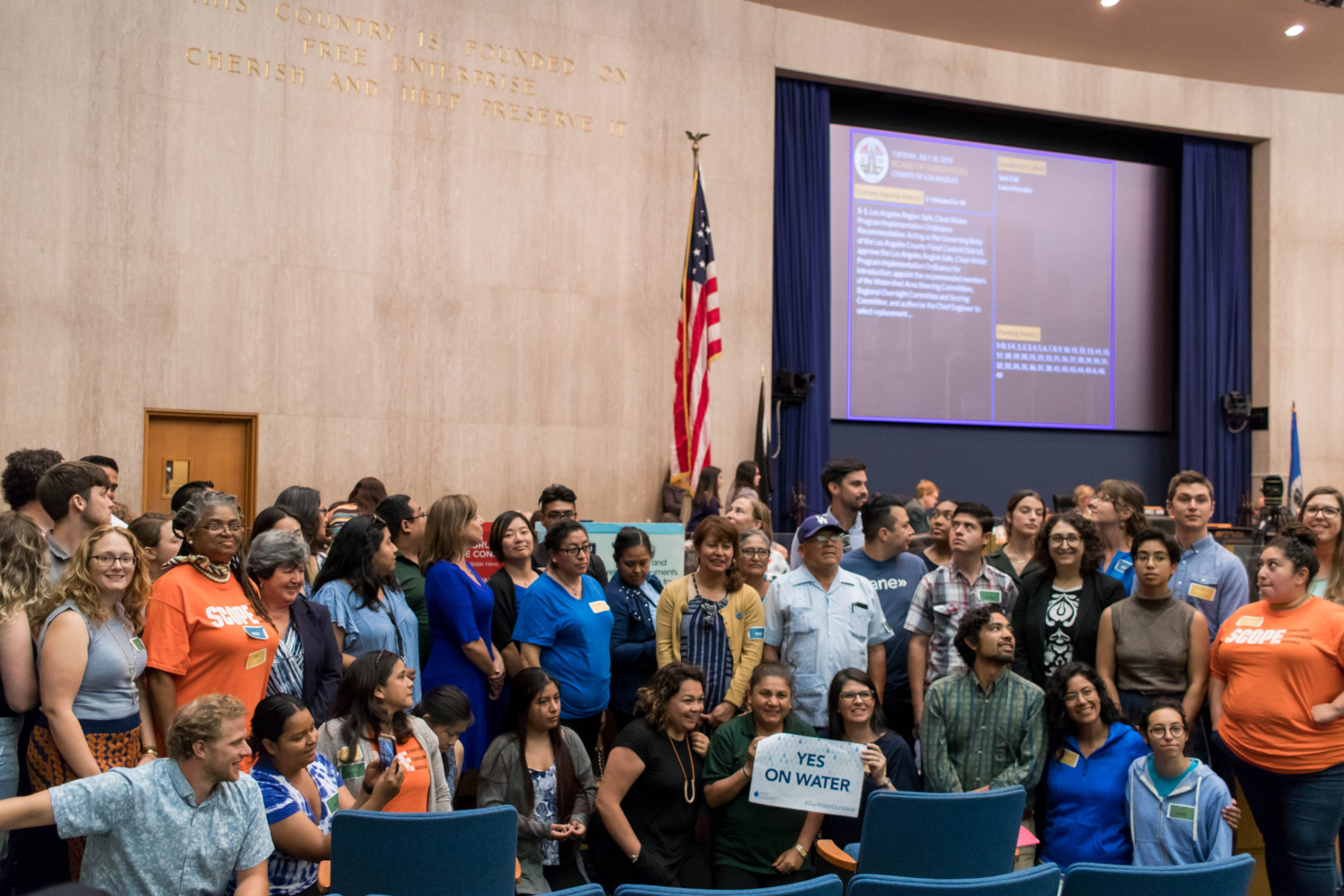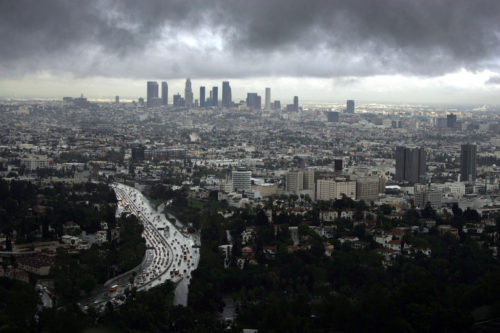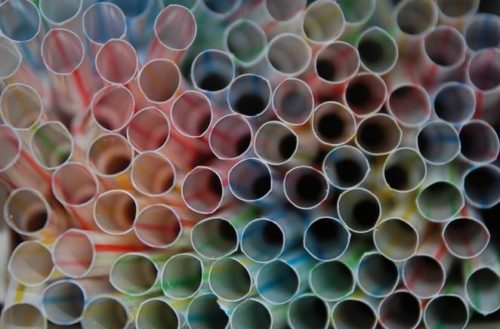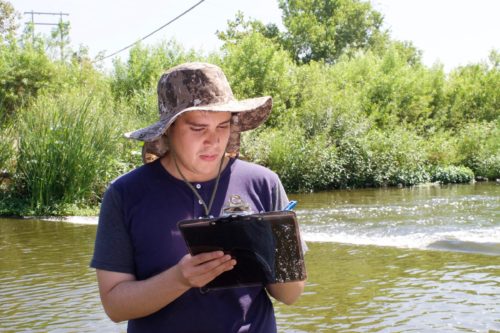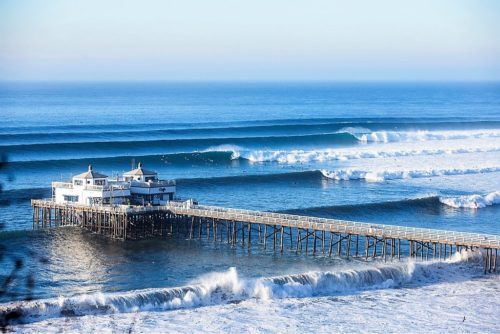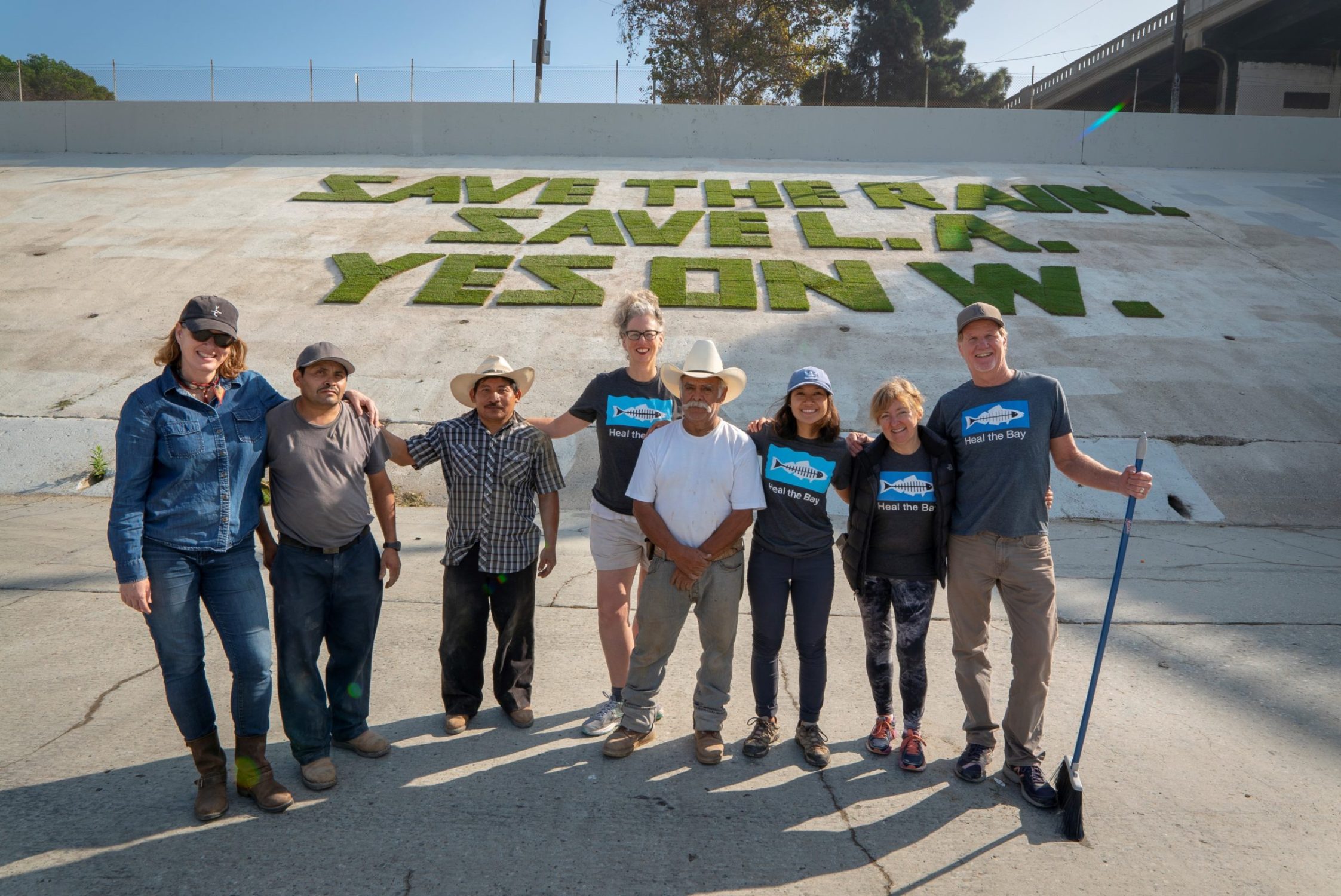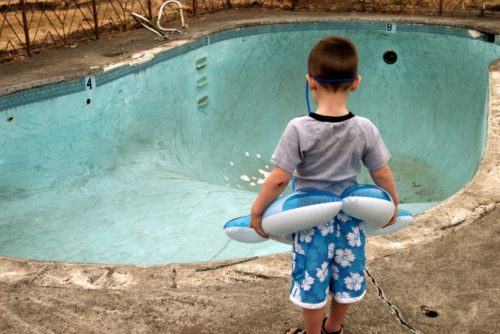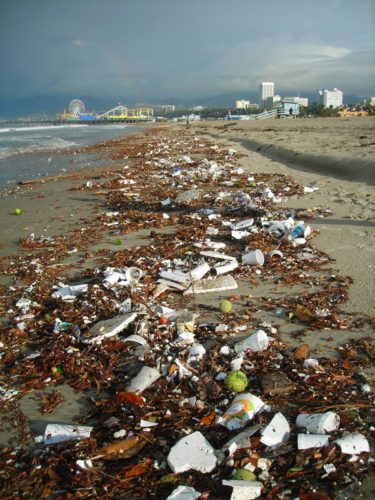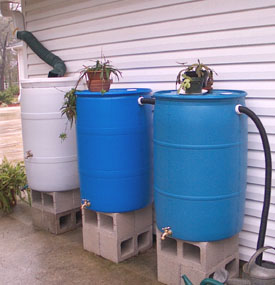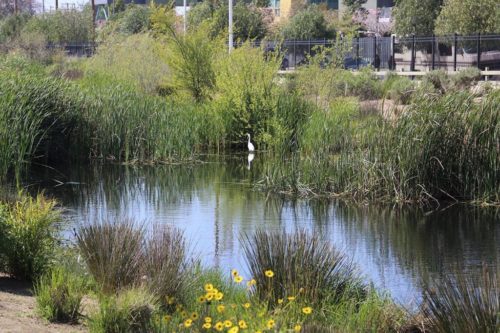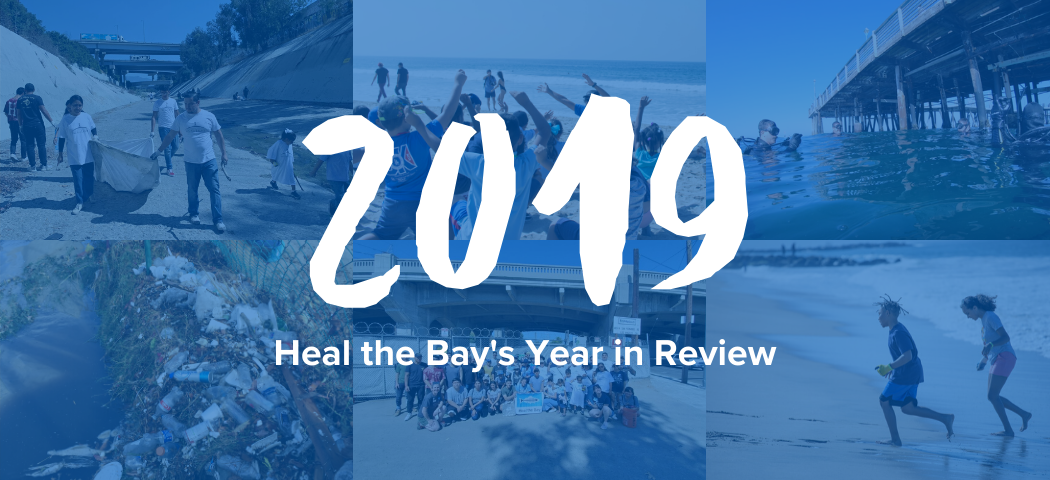
Oh, what a year! We reflect on some of our favorite milestones from this past year. A huge thank you goes out to our bold and dedicated Heal the Bay community. We would not have achieved these victories without your ongoing support.
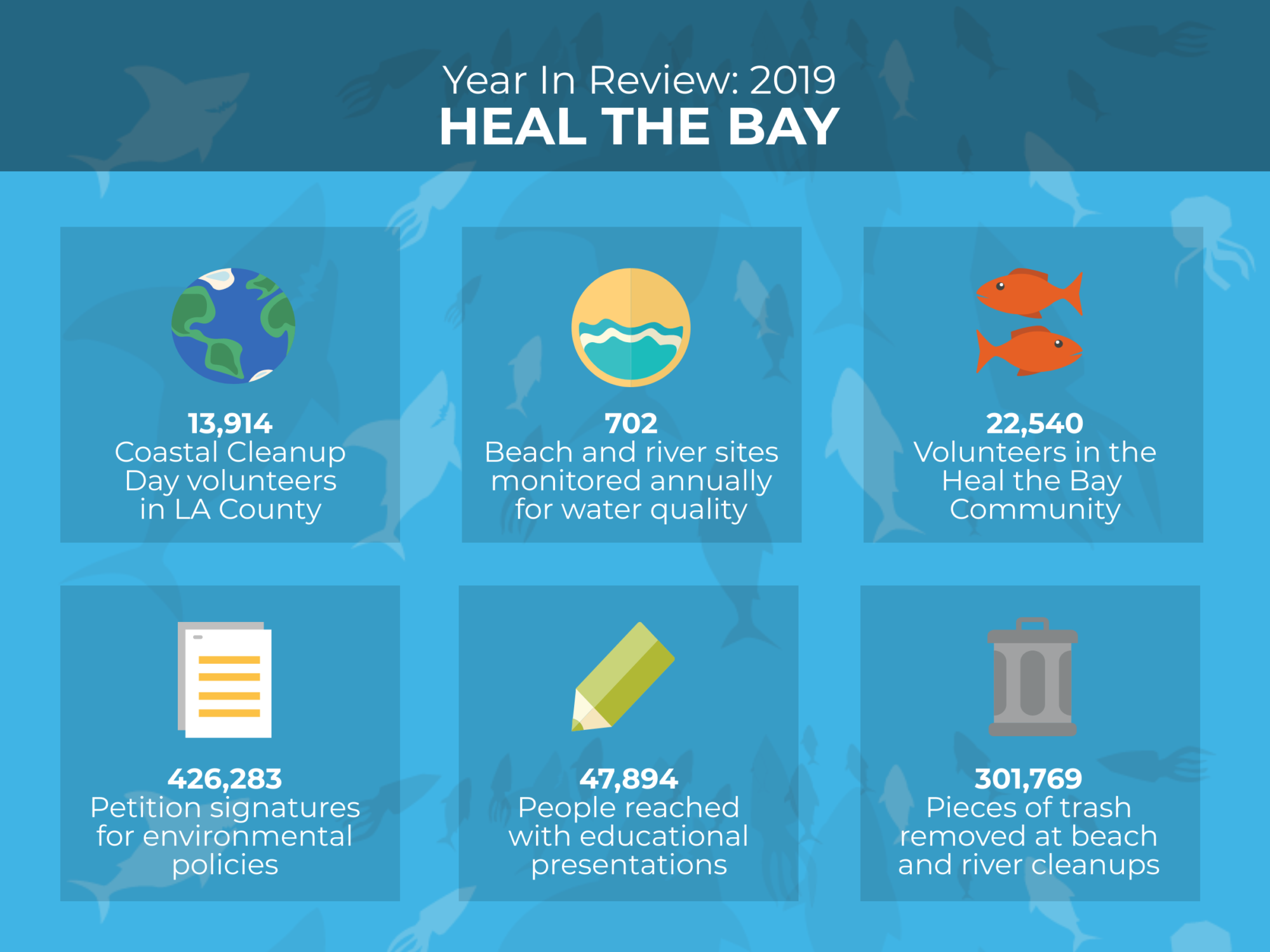


Take a swim down memory lane with us and replay 6 unforgettable moments from 2019.
6. Released our first-ever Stormwater Report—a groundbreaking assessment of stormwater pollution management in Los Angeles County.
In our new Stormwater Report we found that local governments have made shockingly minimal progress in addressing stormwater pollution over the last 30 years. If the current rate of stormwater pollution cleanup continues, LA County communities will wait another 60 years for clean water.
The LA County stormwater permit, the only real mechanism we have for regulating stormwater pollution, is up for renewal in early 2020. Heal the Bay is pushing hard for a strong stormwater permit. We fear it will be weakened and deadlines will be extended, further delaying cleanup of local waters. Municipalities can tap into various funding sources to implement projects, so there is no reason for them to not make meaningful progress moving forward.
Our Stormwater Report was big news for LA and was covered by the L.A. Times, The Guardian, NBC, CBS, KCRW, KPCC, KNX, LAist, The Argonaut News, Daily Breeze, Patch and more.
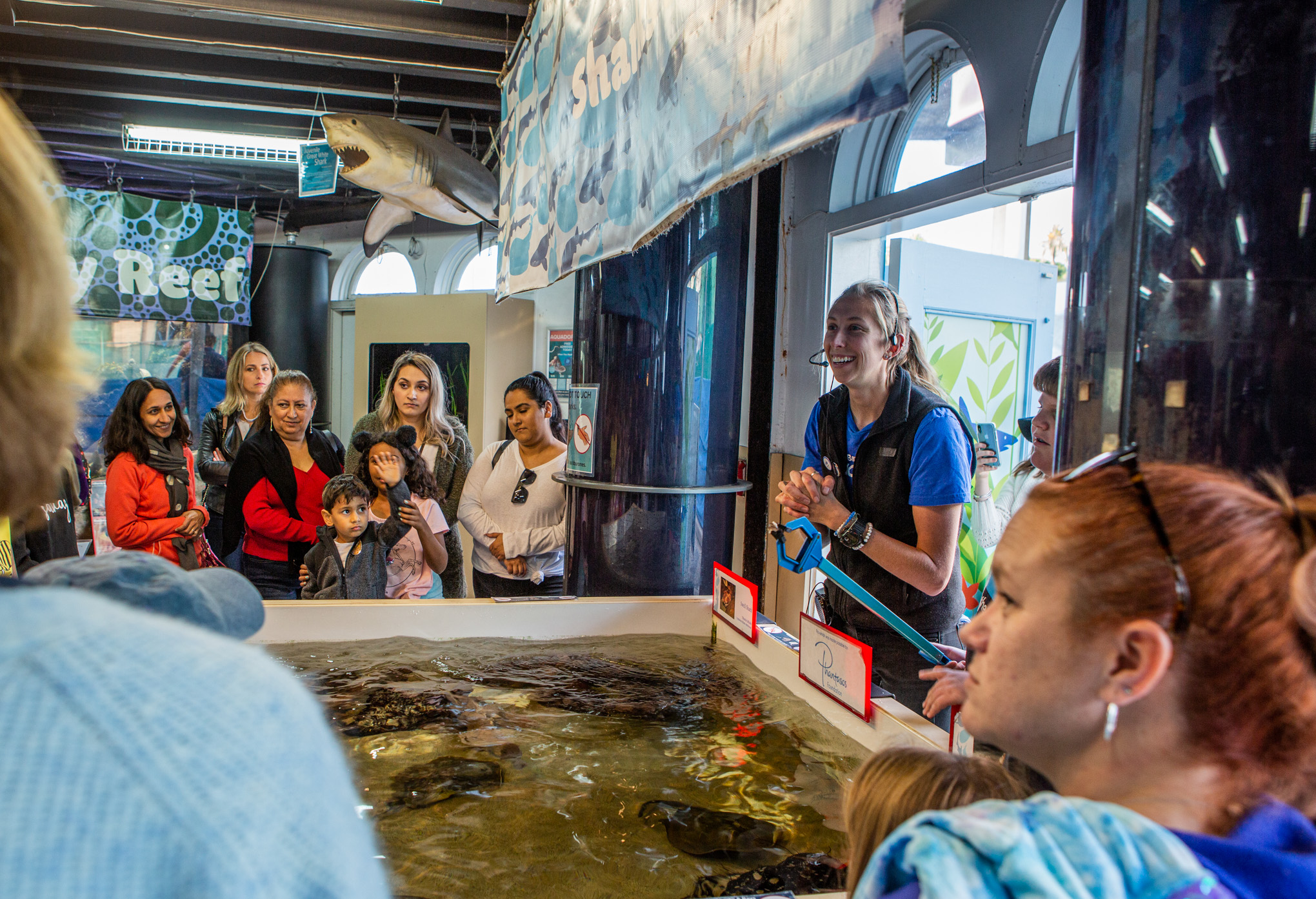
Photo by Kelton Mattingly
5. Welcomed our 1 millionth visitor to Heal the Bay Aquarium at the Santa Monica Pier.
Since our Aquarium opened its doors in 2003, our mission has been to give visitors an underwater experience of the Pacific Ocean without getting their feet wet. We invite all our guests to explore critically important marine habitats and environmental issues.
From swell sharks to red octopus, and seahorses to stingrays, more than 100 local wildlife species thrive at our Aquarium. And now we can proudly say that more than a million visitors have met our local underwater residents!
Around 100,000 visitors come to Heal the Bay Aquarium each year. Local residents and global tourists share their passion for their own local waterways with us and inquire about how to protect what they love. In order to better serve the public, we’ve centered our programs and events around environmental advocacy, community science, pollution prevention and family education.
We also host 10,000-15,000 students each year for school field trips and we offer fun, educational, zero-waste birthday parties.
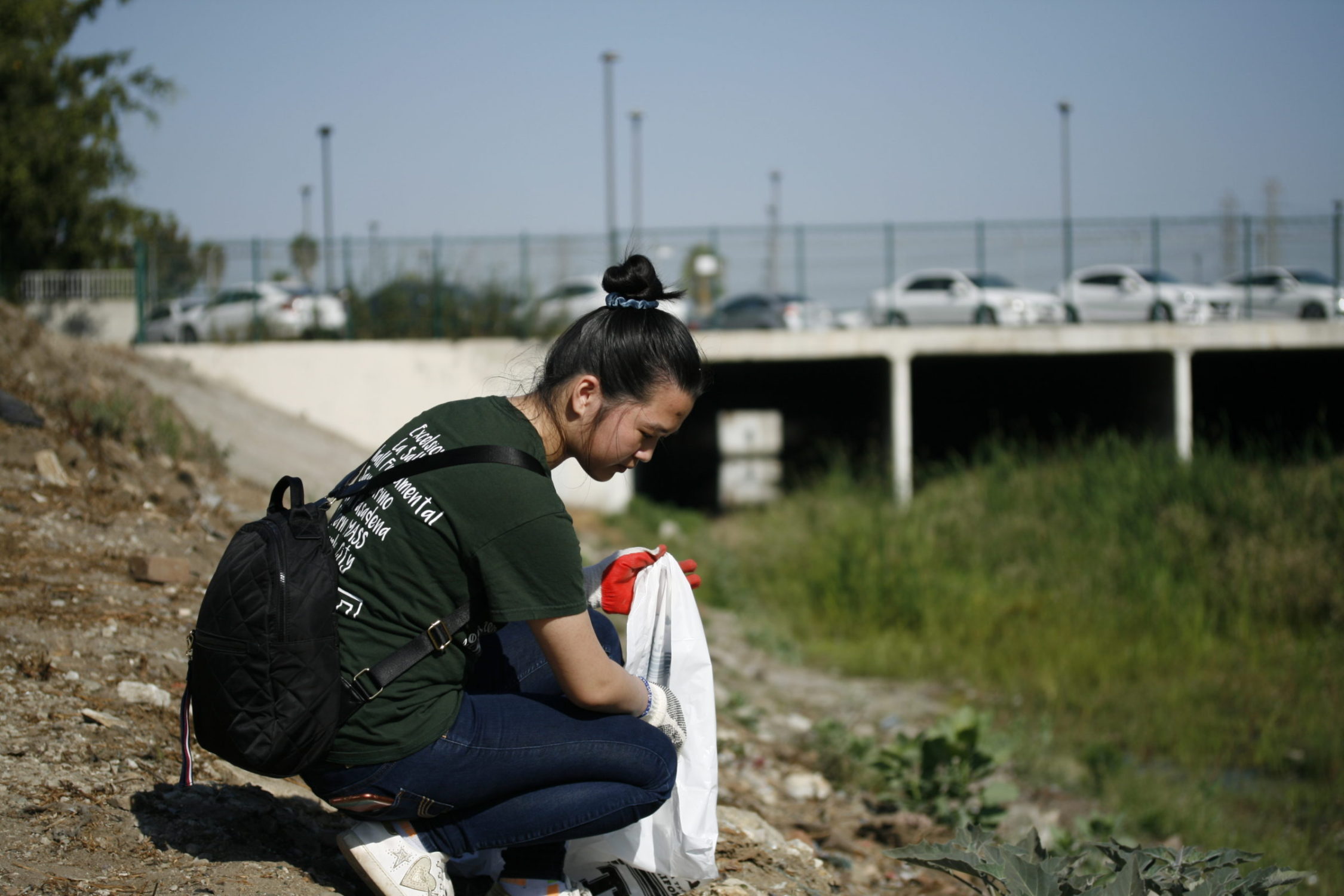
4. Hosted our 30th anniversary of Coastal Cleanup Day as the LA County coordinator.
What an honor it has been for Heal the Bay to steward this annual event since the 1990s, especially with such vibrant community support. Our very first Coastal Cleanup Day hosted 2,000 volunteers – my how far we’ve come! From diving underwater in the Santa Monica Bay to hiking along the East Fork of the San Gabriel River and everywhere in between, 13,914 volunteers removed more than 30,165 pounds of trash — from 79 locations in Los Angeles County, in a span of three-hours — on Coastal Cleanup Day 2019.
The weirdest finds from 2019 included: A laptop and electric scooters (underwater in Santa Monica); A 20 foot industrial ladder (underwater in Redondo Beach); Horseshoe (Compton Creek); Cat skull (South LA); Positive pregnancy test (White Point Beach); Shake weight (Venice); Half a rat (Arroyo Seco Confluence); and a California King Mattress-sized Styrofoam block (Arroyo Seco Confluence).
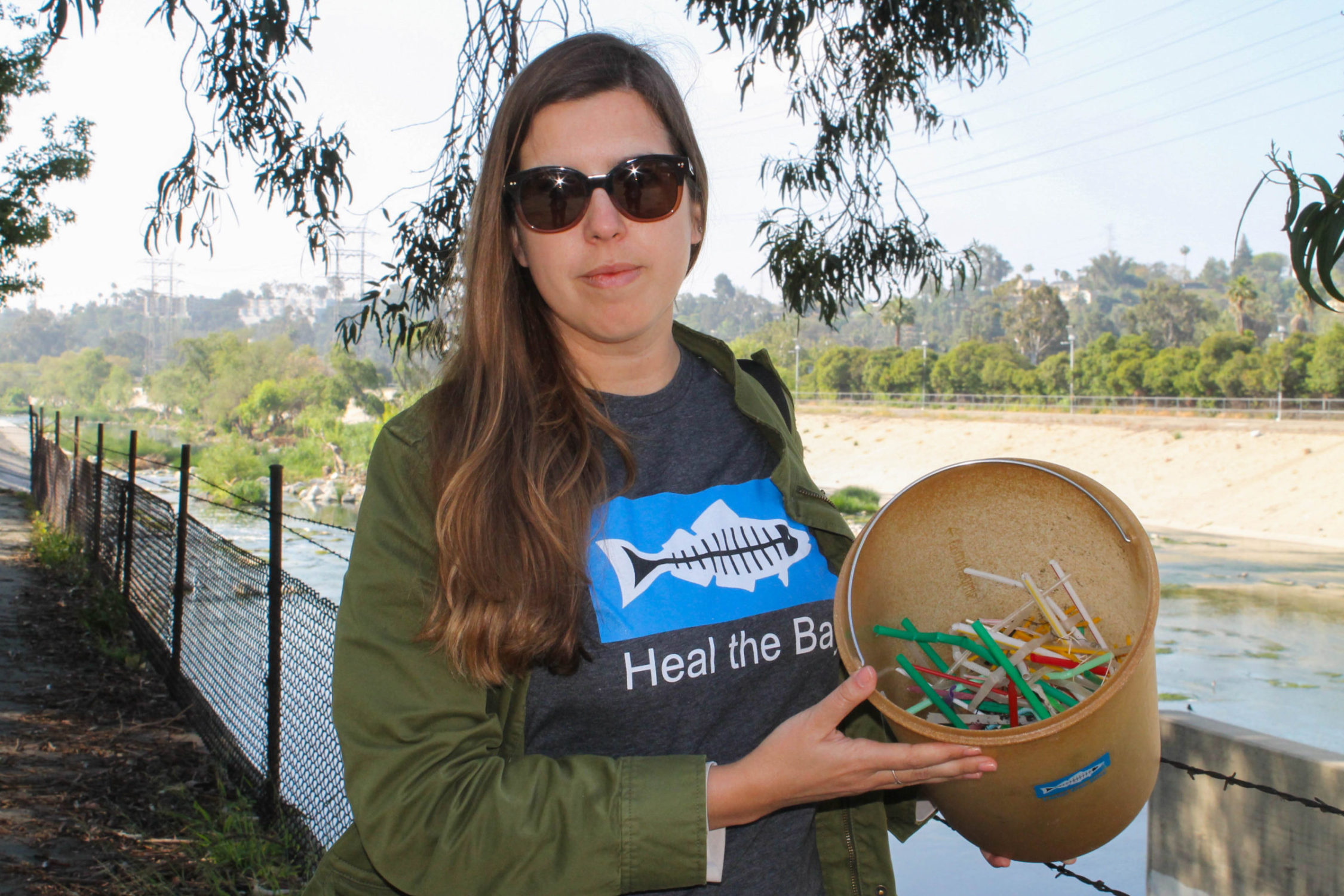
3. Supported Straws-On-Request going into effect in the City of LA.
Los Angeles City Hall passed the Straws-On-Request ordinance this past Earth Day, making single-use plastic straws available by request only at all food and beverage facilities in the City of LA. This, along with other plastic reduction strategies, will hopefully decrease the amount of trash we see in our environment while still giving patrons access to straws when needed.
Often times plastic trash flows from our streets into our storm drains and out to the ocean. Plastic straws and disposable beverage, food, and snack-related items are some of the top types of trash we find at Heal the Bay cleanups. In fact, our cleanup volunteers have picked up more than 138,000 plastic straws from LA beaches over the last two decades.
The Ocean Protection Council acknowledges that trash in the ocean is a persistent and growing problem that is negatively affecting human and ecosystem health, not to mention coastal beauty. We’ll continue to work locally and at the state-level in California to reduce the use of harmful single-use plastics.

2. Rejoiced over these announcements: Hyperion will recycle 100% of the City’s wastewater and LA will phase out gas-fired coastal power plants.
LA Mayor Eric Garcetti announced that the Hyperion Water Reclamation Plant (aka sewage treatment plant), one of the largest in the world, will recycle 100% of the City’s wastewater by 2035. The water will be treated extensively and then put into our local groundwater supply for additional treatment by natural soils. Afterwards, the clean water will be pumped up to replenish our local tap water supply. Hyperion’s capacity is 450 million gallons per day and treated water currently flows out to the ocean. But with full recycling at Hyperion we can re-use that water!
Garcetti’s next big announcement was that the Los Angeles Department of Water and Power will close three coastal gas-burning power plants in El Segundo, Long Beach and the Los Angeles Harbor area by 2029. The plants will be replaced by renewable energy sources and storage.
Heal the Bay was integral to both advancements. We advocated for over a decade for wastewater recycling and for eliminating the marine impacts of the coastal power plants. Our founder Dorothy Green would be so proud of us, and of our City, for taking these giant steps forward.
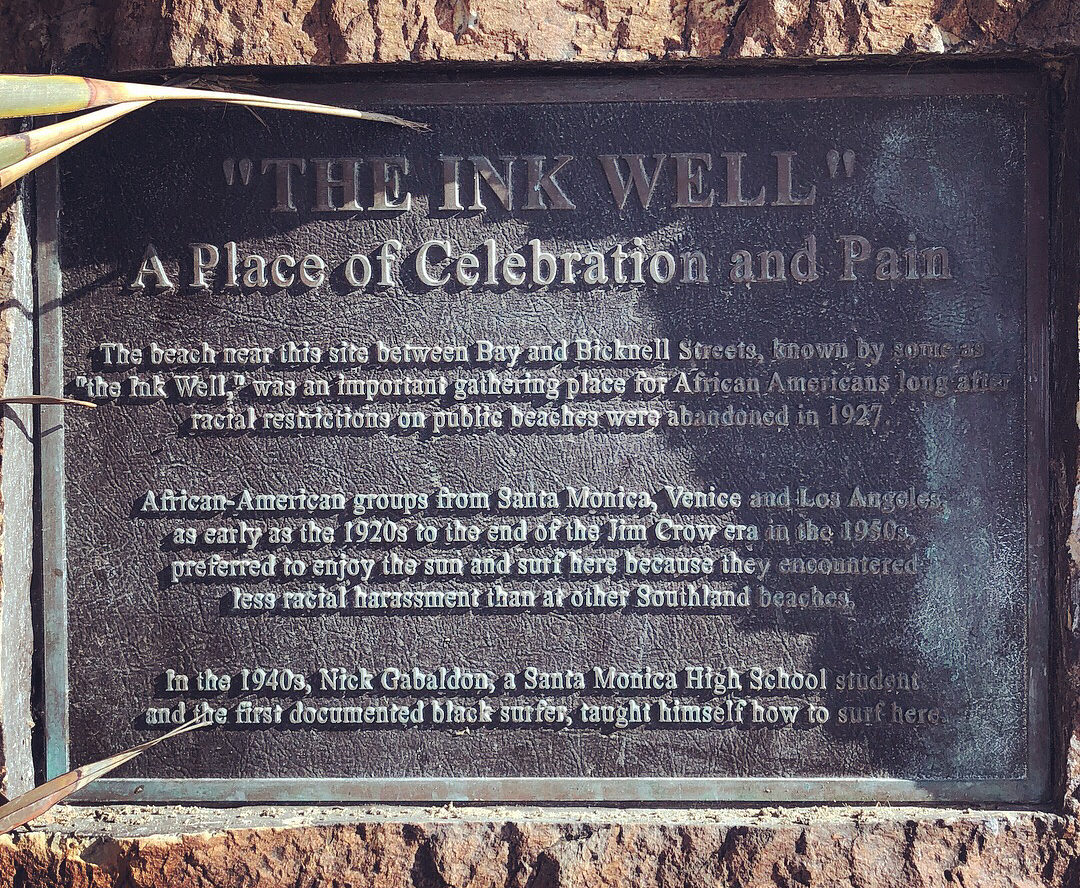
1. Celebrated the new listing of the Santa Monica Bay Street Beach in the National Register of Historic Places.
The shoreline at Bay Street in Santa Monica was an active hub of African American beach life during the Jim Crow era. This beach was popular from the 1900s to early 1960s among African Americans, who were barred from enjoying most other southland beaches. Santa Monica’s Bay Street Beach Historic District recent listing in the National Register of Historic Places recognizes this important coastal history.
Since 2013, with the help of African American historian Alison Rose Jefferson, we’ve joined forces with the Black Surfers Collective to honor Nick Gabaldón Day at Santa Monica Bay Street Beach.
Nick Gabaldón (1927-1951) was a pioneering surfer of African American and Mexican American descent. He was the first documented surfer of color in the Santa Monica Bay. Nick Gabaldón Day provides an opportunity for broadening outreach, action and education to connect Angelenos with their cultural, historical and natural heritage.




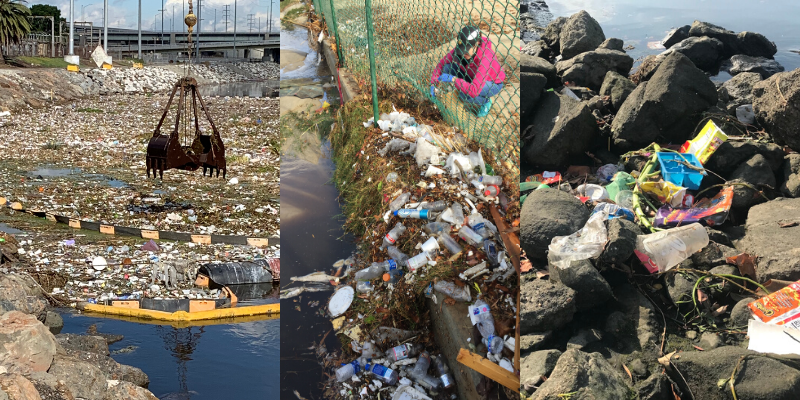
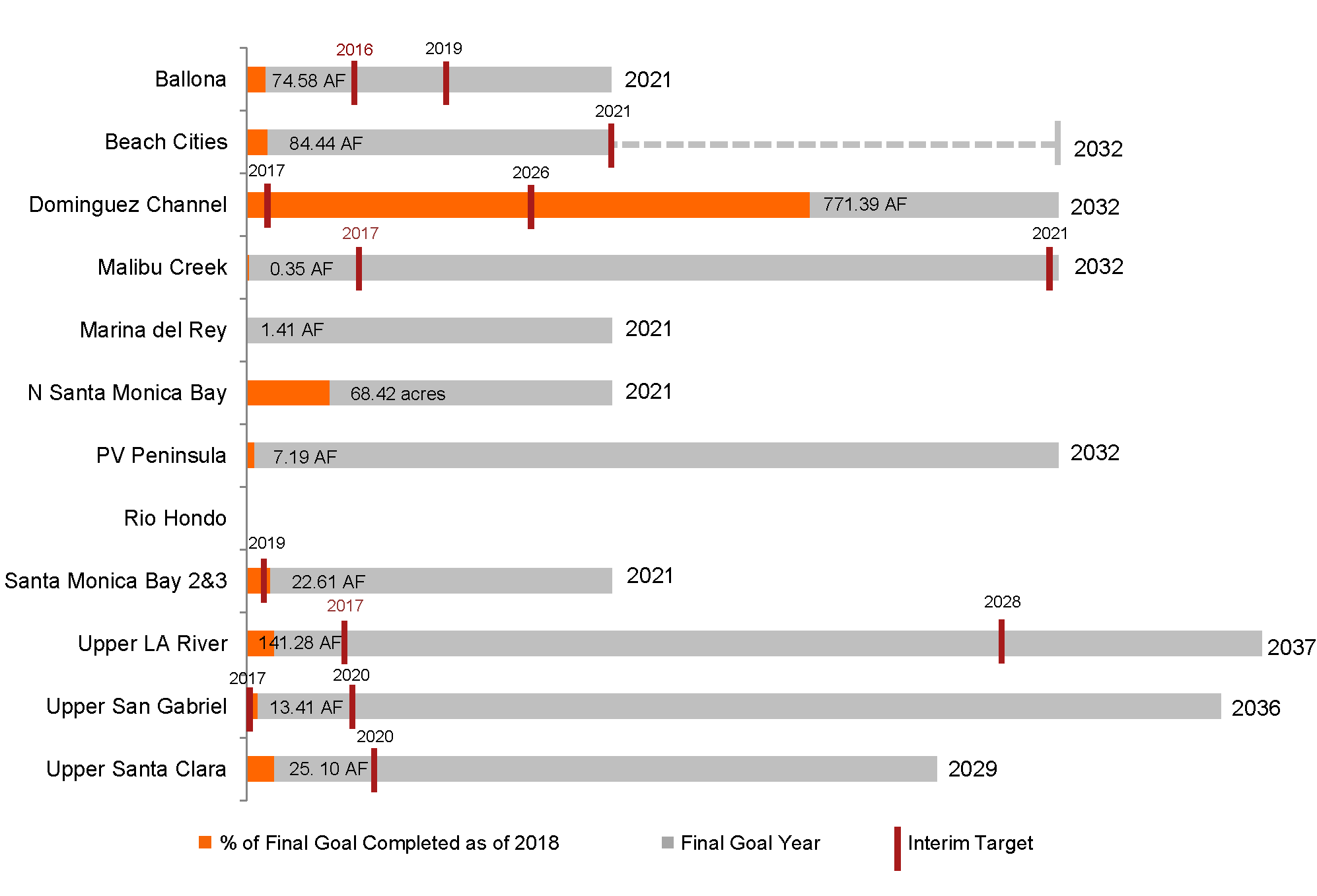 The graphic above is an overall aassessment of progress for each of the 12 watershed management groups, based on either total retention capacity in acre feet (AF) or total area addressed (acres). Each grey bar represents the final goal for each group, labelled with the final deadline to reach this goal. The orange portion of the bar represents the retention capacity of projects completed since the 2012 Los Angeles County MS4 Permit was approved, as a percentage of the total goal. Interim targets, when provided, are displayed with red vertical lines as a percentage of the total goal, and labeled with the relevant interim deadline year. A final goal was not provided in the Rio Hondo group, so progress cannot be displayed. Only an interim goal was provided in the Beach Cities group, so the final goal was uncertain, identified with a dashed line above.
The graphic above is an overall aassessment of progress for each of the 12 watershed management groups, based on either total retention capacity in acre feet (AF) or total area addressed (acres). Each grey bar represents the final goal for each group, labelled with the final deadline to reach this goal. The orange portion of the bar represents the retention capacity of projects completed since the 2012 Los Angeles County MS4 Permit was approved, as a percentage of the total goal. Interim targets, when provided, are displayed with red vertical lines as a percentage of the total goal, and labeled with the relevant interim deadline year. A final goal was not provided in the Rio Hondo group, so progress cannot be displayed. Only an interim goal was provided in the Beach Cities group, so the final goal was uncertain, identified with a dashed line above.
